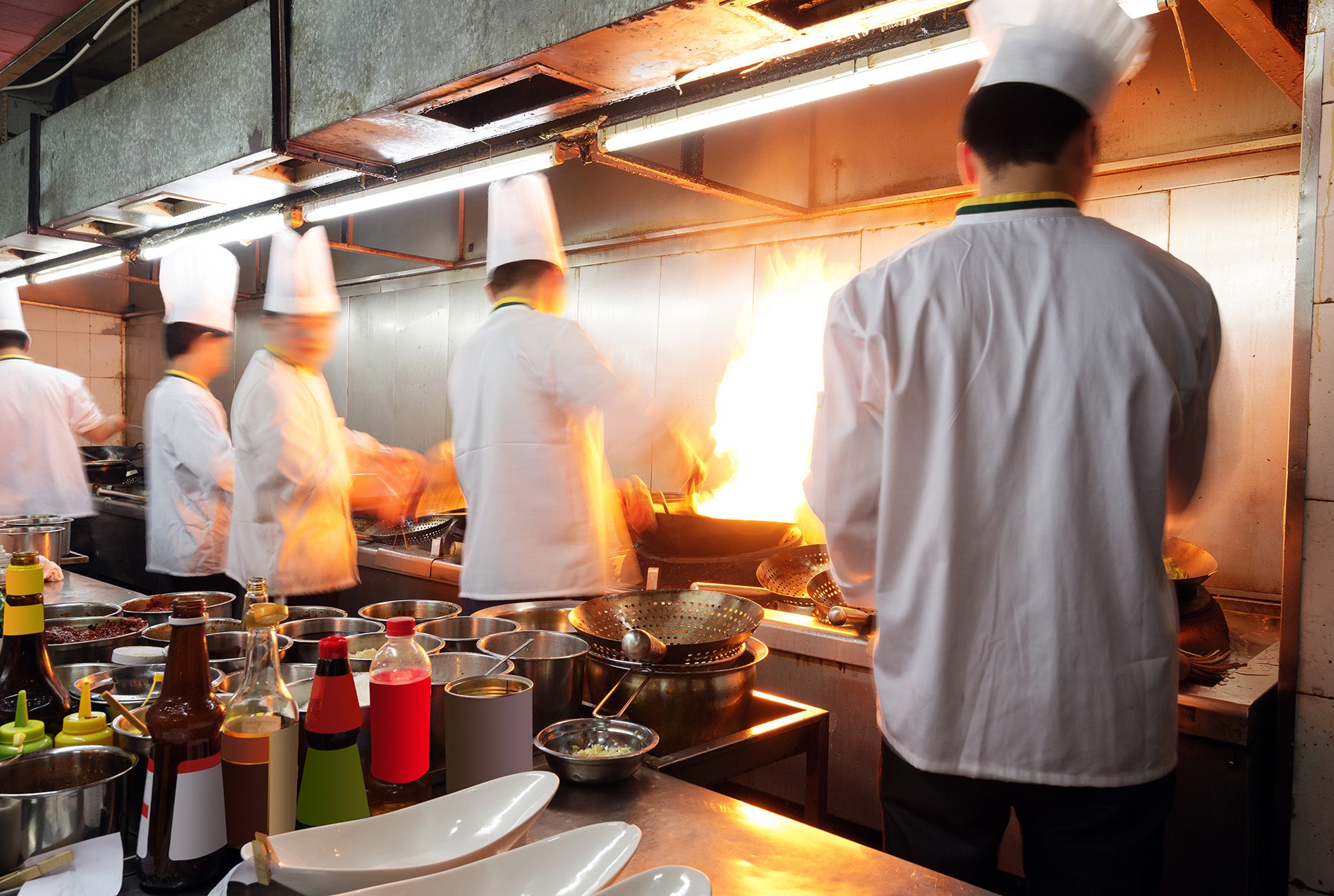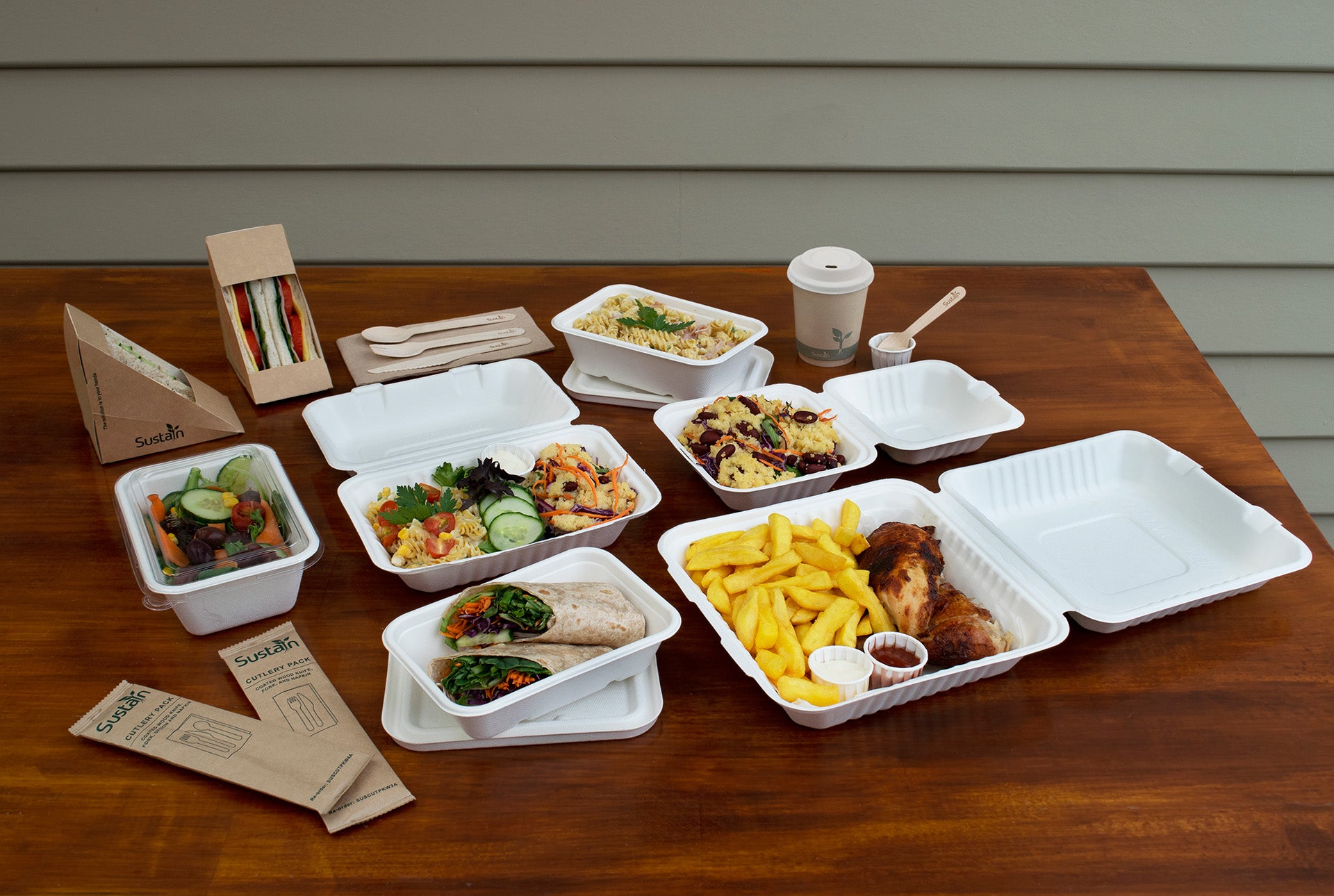The process of meat curing is a cornerstone of human development and food preservation as it was found to slow meat spoilage by preventing the growth of organisms. Meat curing was used to extend the shelf life of meat products during food shortages, especially throughout winter, by creating an environment unsuitable for the growth of bacteria and other microbes.
Around 3000BC, it was recorded that meat and fish were dried and salted and preserved in sesame oil in storage in Mesopotamia. By 200BC, salt curing was common across Ancient Greece with travellers and merchants credited for spreading the practice throughout the Roman Empire.
These early preservation techniques used a combination of the sun, wind, rock salt or salt from reduced seawater, as well as ash from plants to dry out and cure different meats for winter.
However, modern meat curing includes mixtures with a combination of salts, sugar, nitrite and/or nitrate for the purposes of preservation, flavouring and to create a more appealing presentation. Meat curing products are rubbed onto the food surface and mixed into dry foods (dry curing) or dissolved in water (used for brine or wet curing).
Curing meat continues to be a popular preservation method, but unlike the days where salt was scarce or difficult to come by, cured meat make up some of our favourite meat products: from bacon to ham, salami and prosciutto, it’s difficult not to notice all the cured meats in the modern world.
Meat curing can be achieved in several different ways but there are four main methods that are most commonly used:
Dry Curing
Dry curing (also known as Dry Salting) is used when curing ham, bacon, and smaller cuts of meat. Dry curing involves applying a curing mix directly onto the meat, sealing it and keeping it refrigerated throughout the curing process. After curing, excess salt is removed by rinsing the meat and the meat is cooked before eating.
This method of meat curing works by drawing water out of microbial cells. As the cells lose water, they eventually reach a state where they cannot grow and cannot survive in the meat. The exact concentration of salt outside a microorganism required to inhibit growth by plasmolysis (i.e. needed to ensure cells can’t survive) depends on the genus and species of the microorganism (i.e. type of bacteria).
Wet Curing
This method of meat curing is also referred to as Brine Curing and uses the combination of curing salt and water to create a sweet pickle solution. Salt brine curing involves the creation of brine containing salt, water, and other ingredients such as sugar, erythorbate or nitrites with the meat then soaked in the mixture. Like dry curing, this process takes place in a refrigerator and the cured meat needs to be cooked before it’s eaten.
With larger cuts of meat, the brine solution may also be injected into the meat directly. The benefit of injection is that it can quicken the meat curing process. The term pickle in curing has been used to mean any brine solution or a brine cure solution that also has cure added.
Traditionally, salt was added to the brine until an egg floated in the mixture. Today, it’s preferred to use a hydrometer or us a premade meat curing mixture. Once mixed and placed into a suitable container, the meat should be submerged in the salt brine to cure. Wet cured products are often found to be less salty than dry cured products.
Combination Curing
Combination curing is often used to cure hams or other large cuts of meat and involves combining a dry rub cure and brine solution injections to shorten the curing time and reduce the risk of spoilage. The meat is then left to cure in a fridge and needs to be cooked afterwards.
Some current recipes for combination curing include the use of vinegar, citrus juice or alcohol. The addition of these chemicals to a dry mix will contribute to the curing as well as to the end-product’s flavour.
Nitrate / Nitrite Curing
Nitrates (or nitrites) are natural chemicals found in the soil, air and water and commonly used in food preservation as they prevent the growth of harmful microorganisms. In the early 1800’s it was discovered that potassium nitrate (commonly known as saltpeter) was present in various salt curing mixtures. The potassium nitrate had a counter-active effect on the colour of the meat, making it more pink instead of the gray that occurred with a pure salt cure.
The use of nitrates and nitrites was also found to prevent the growth of several bacteria including clostridium botulinum. As most pure salt cures do not contain sufficient levels of salt to preserve meats at room temperature (instead requiring refrigeration), nitrates and nitrites were quickly adopted to improve the meat curing process.
The mixture of salt and nitrates / nitrites is what forms the basis of many modern meat cures.
Premixed Cure Mixtures
Measuring small batches of exact nitrate or nitrite levels requires an analytical knowledge of food preservation that can be difficult for home food preservers or requires too much time for retail butchers or café chefs and kitchens. Premixed meat cure mixtures were created to make the process even easier for home users and small businesses.
Alongside food preservation, meat curing has also become more of an art than the straightforward science from those early days. A variety of meat cures are now used to increase the natural flavours of meat or bring out new flavours in familiar cuts with the inclusion of different ingredients such as pineapple.
If you’re a food processor, retail butcher, deli owner or restaurant chef, meat cures and other meat curing products are an easy way to add selection to your produce while preserving quality product.
Discover Our Wide Range of Meat Cures Here
Authored by Stephanie Bennett.




